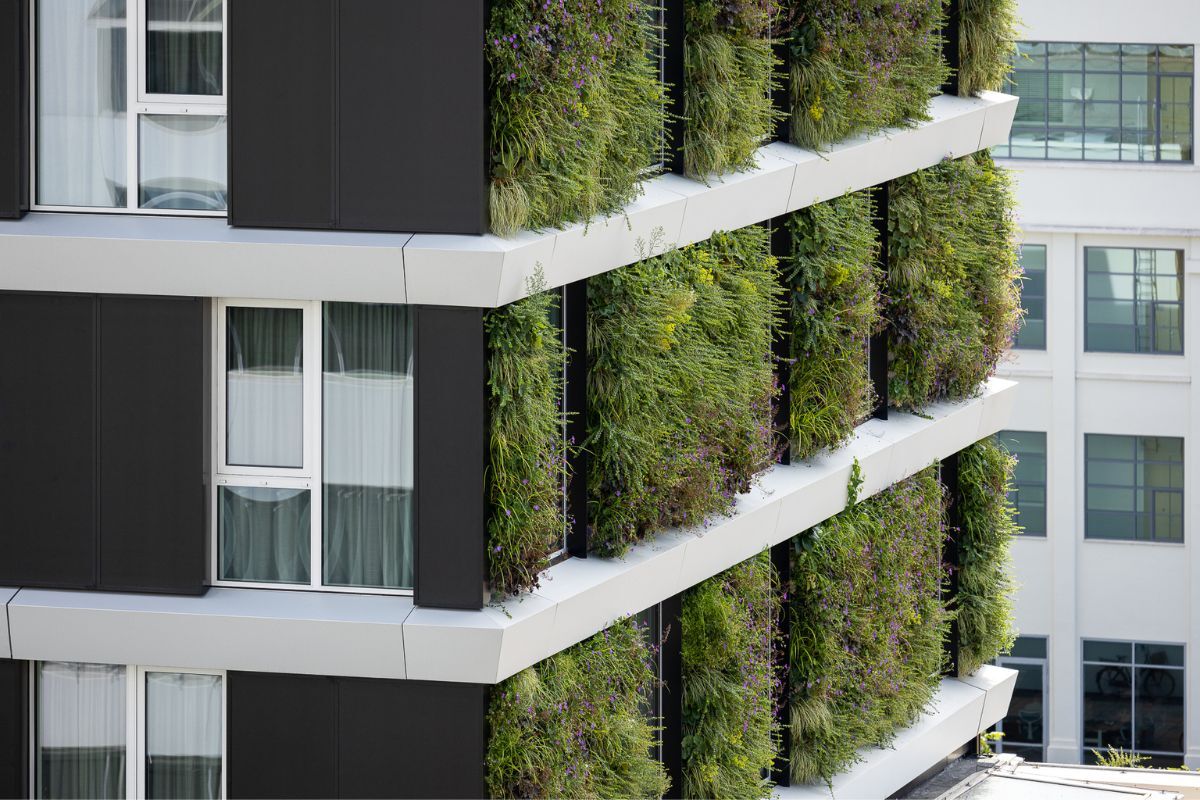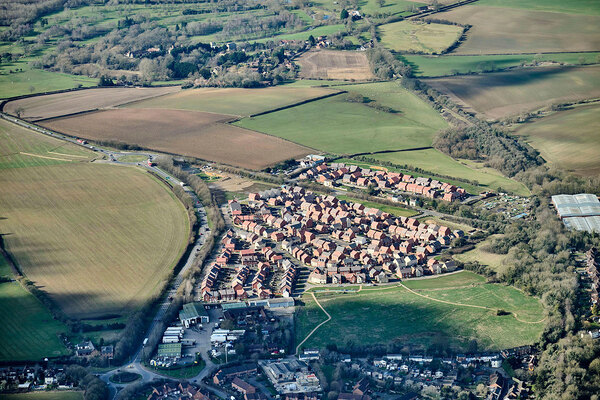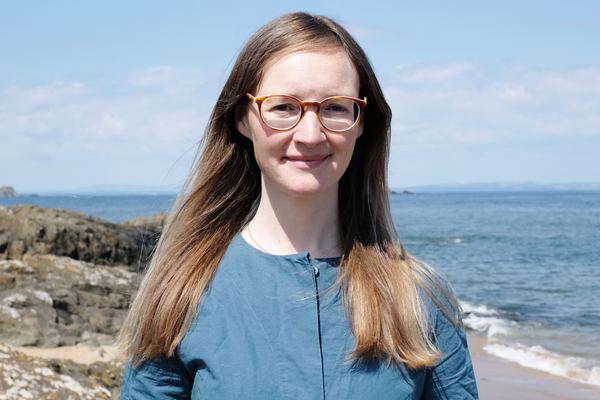Learning from data and connecting green spaces will be key for more biodiverse cities
Under new policy due to come into force from this November, all housing, industrial and commercial developments in England will be mandated to boost biodiversity by 10% in order to receive planning permission.

Known as ‘Biodiversity Net Gain’, the policy will make it incumbent on all stakeholders in local development to dramatically heighten their awareness towards, and strategy to counteract, the crisis of UK biodiversity loss.
The country is in a particularly dire state, with research from the Natural History Museum showing that just 53% of the UK’s biodiversity remains (significantly less than the global average of 75%), so the policy is surely a step in the right direction. Combined with a successful COP 15, which resulted in an international agreement to restore 30% of the world’s ecosystems by 2030, and it finally seems that the biodiversity crisis is getting the attention required. No doubt BNG will need to be adjusted as time goes by, and our understanding of the challenges grow, but the crucial difference it is already making today is that it is reframing the issue of biodiversity to include urban contexts.
This is significant, as our towns and cities are set to play an increasingly important role in supporting a thriving natural world. Due to intensive agricultural practices, monocultural crops, and ongoing pesticide use in rural areas, the urban realm can provide a much-needed habitat for insect communities to find a safe and sustaining home. This means that as well as the conservation of nature in rural areas, and the protection and development of green space in urban areas, we must heighten our awareness of how the built fabric of buildings and cities can themselves play a part in boosting biodiversity.
Early stage intervention
This action starts with environmental strategy, planning, and nature-conscious design from day one of any new development, with collaboration between landscape architects, architects, developers, environmental consultants, ecologists, local authorities, and local communities. It will be necessary to account for biodiversity from the very beginning, and understand how the material changes in environment that go along with development impacts the insect life that is supported by the landscape. Putting green space at the heart of every community, and ensuring these areas are connected by a green infrastructure network that provides habitation for insects that covers all aspects of the built environment, will be paramount.
This renewed focus on biodiversity value is a response to how essential insect communities are to society. Fulfilling a whole range of ecosystem services in local areas - from cleaning waste, to pollinating crops, controlling pests, and feeding other animals such as birds – we depend on them more than we imagine. This is why it is so important not only that our cities are able to provide a habitat for a diverse range of insects, but that we’re able to monitor their population in different contexts over time, and track the way they respond to changes in environment.
New technology developed by Mobilane, a green systems provider, and SGS Search, a research consultant specialising in sustainability in the built environment, has begun contributing data-driven insights to this cause. Using developments in DNA testing technology, which picks up on the environmental DNA (e-DNA) deposited on plants by insects through skin, mucus, hair and bacteria cells, research teams can accurately measure the presence, distribution, and ultimately stability, of insect communities present on living walls, roofs, and other forms of green infrastructure.
Data-driven design
Following the data will enable developers to further optimise the design, location, and management of green infrastructure, not just as an isolated addition to one site, but – over time – as a networked system of interrelated elements. Higher speeds and accuracy of testing mean that decisions can be made quicker and more recursively, providing data-driven evidence of how well different green systems and corridor networks are working in relation to each other, and how each new design intervention impacts biodiversity both before and after construction.
Urban developments will need to be strategic, ensuring they connect individual living walls with city-scale systems of parks, open spaces, playgrounds, street trees, parklets, green roofs, sustainable drainage systems (which will also be mandated by 2024), and blue space, to provide the shelter, food and space required to support a thriving and mobile insect population. The benefits to the economy, climate, wellbeing, and social life that such green infrastructure provides to communities are already well known. Now, with new research, technology and policy interventions focusing on biodiversity also entering the landscape, it is a critical time to ensure that the ecosystem services provided by a biodiverse plant and insect population are not left behind.
Like all environmentally concerned initiatives, long termism will be key to using these insights productively. It will only be through a consistent programme of research, over longer time periods, that will enable us to truly understand the way that insect life responds to different site contexts and changes in the built environment. But through progressive policy interventions like Biodiversity Net Gain, and the growing knowledge being facilitated by innovations in technology and measurement capability, there is an ever-increasing chance that our towns and cities can respond in the right way, and ensure that they are places for nature to thrive alongside people.
Alexander Ilsink is chief executive officer of green systems provider, Mobilane


